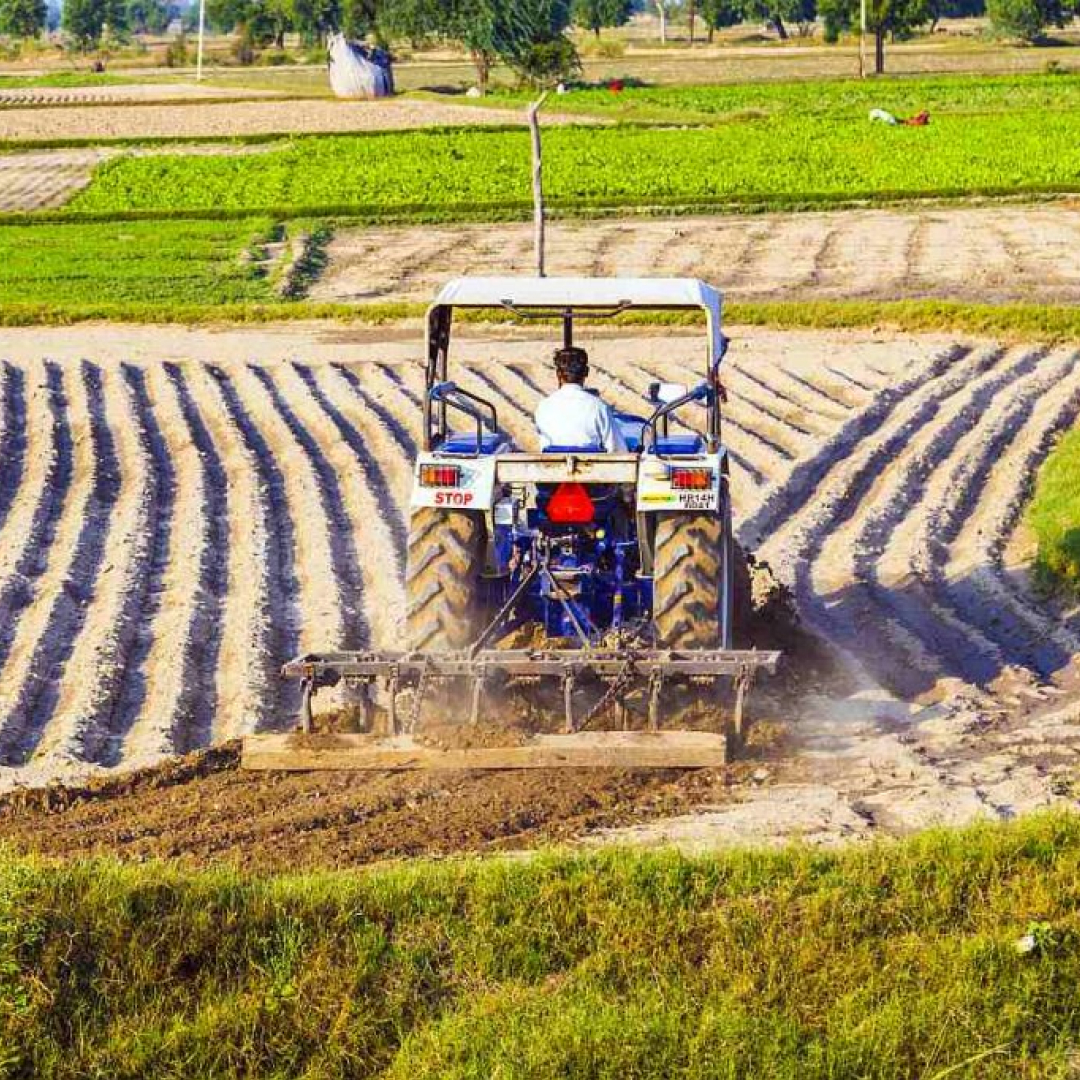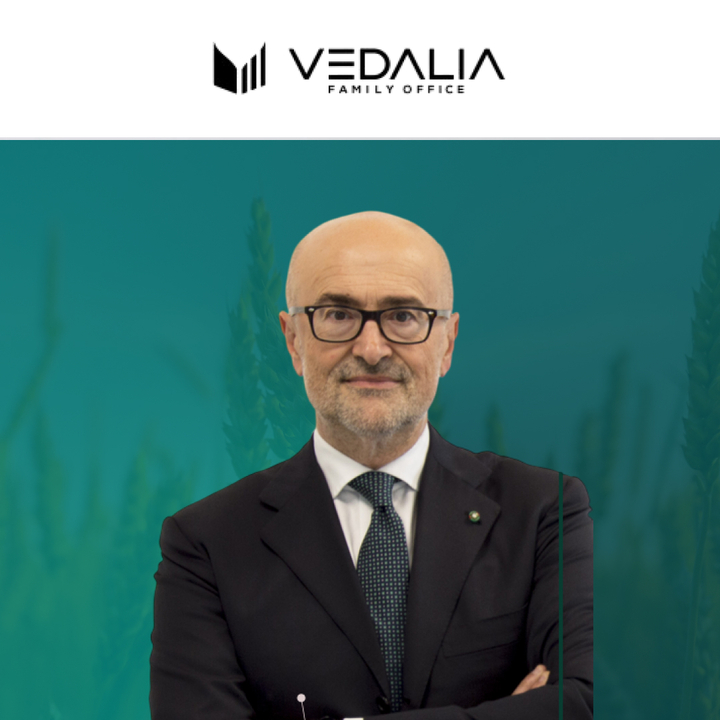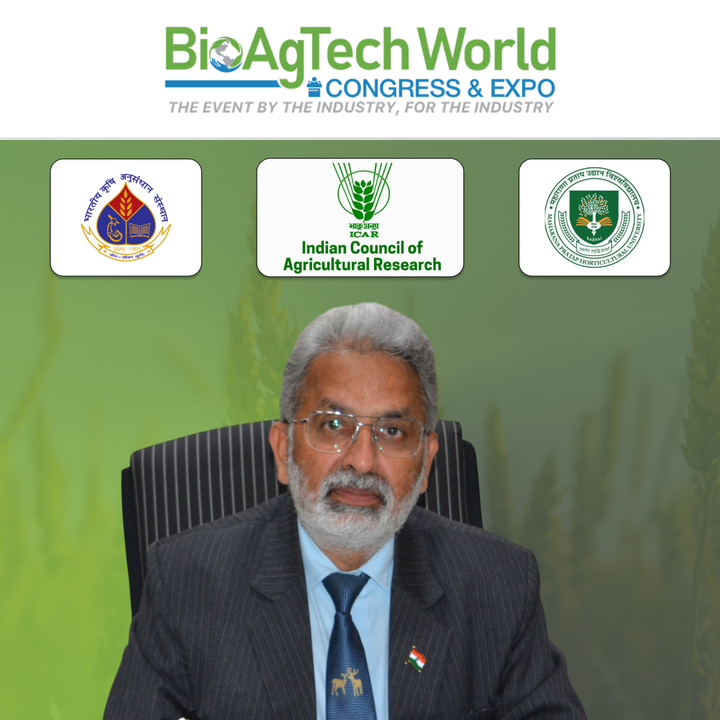
Certis Belchim has been working in strategic alliance with the main producers or farmers’ associations in both areas with the aim of harvesting production to meet the requirements of European supermarkets regarding the reduction of synthetic active substances and residue levels below the established Maximum Residue Level (MRL). Since then the development and contribution of Certis Belchim and G4TF to the productive system of these areas in particular has been considerable and highly recognized.
Through the G4TF project, The group has been offering IPM programs for crops based on the combination of conventional crop protection products, registered biorational products, beneficial insects, etc. with the following objectives:
- efficacy against pests and diseases;
- reduction of the use of synthetic chemical materials – thanks to the combination of synthetic and Biorational products;
- to minimize, reduce or eliminate fruit and vegetable waste, achieving total food safety for consumers and alignment with the traceability, responsibility, commitment and sustainability of the entire agricultural value chain;
- to reduce the coefficient of environmental impact in line with sustainability and regenerative agriculture;
- to support the farmer’s profitability.
Annually, Certis Belchim makes investments and fine-tune the G4TF project both in Spain and in other countries in the different key crops through Contract Research Organisations (CROs) to obtain accurate, reliable, and solid data to show to the entire value chain.
Read the complete news below.
“
Efficacy of the Integrated Pest Management (IPM) program growing vs. standard
In general, with the G4TF protocol in pepper, pest and disease control was very similar to that of the control plot. However, it should be noted that, thanks to the incorporation of biostimulants from the Certis Belchim range, it was achieved greater calibre and quality of the harvest than in the control plot. The control of Thrips (Frankliniella occidentalis) – the Botanigard 22WP strategy in foliar treatments, as well as the release of auxiliaries Orius laevigatus and Amblyseius swirskii obtained very similar efficacy in both plots, with no incidence of spotted virus in either.
Whitefly and aphid – whitefly (Bemisia tabaci) and aphid (Myzus persicae) populations remained at low and controlled levels throughout the crop. This was thanks to the release of Amblyseius swirskii at the end of August, continuing with foliar treatments of Majestik and Neudosan once the auxiliaries were installed in the G4TF plot, reinforced with the Botanigard 22WP strategy.
The control of Lepidoptera with Turex WG and the control of red spider with Majestik and Neudosan offered a perfect combination with registered Biorational products and different modes of action, which generates perfect resistance management.
The control of diseases in the G4TF protocol, mainly powdery mildew (Leveillula táurica) and botrytis (Botrytis cinerea), was carried out with the combination of our fungicides, Amylo X (botrytis, powdery mildew and bacterias) and Armicarb (powdery mildew and botrytis) in rotation and with strict monitoring of humidity and temperature conditions.
In conclusion, the control and prevention of the main pests and diseases in the IPM G4TF protocol in pepper, resulted in a level of efficacy at least similar to the standard but with the added advantages that the non-use of chemicals makes the development of the plants and the installation of the auxiliaries (even autochthonous ones) perfect.
Growing For The Future: reduction of chemical substances
Analysis of the reduction in the number of synthetic or chemical substances used in the protocol compared to the farmer’s standard is also a Key Performance Indicator (KPI) of the G4TF project. The graph shows a reduction in the use of chemicals of 55% from the transplant of the crop (when there was use of some chemicals), and a 100% reduction from the start of the Certis Belchim Biorationals program.
A further KPI and added advantage of the G4TF project is the support and contribution to farmers in particular and to the entire food chain in general of producing fruits and vegetables, not only adapted to the requirements or secondary standards imposed by large distribution chains but, going further, seeking to produce waste-free and obtaining a guarantee-mark of food safety for all European consumers. This is achieved thanks to our specialization in the registration of more Biorational products exempt from MRL’s and perfect knowledge around the combination with some chemicals and with auxiliary insects or mating disruption pheromones, depending on the crop.
In this Pepper project in Almería, the graph below shows the result of multiple residue analyses, carried out from the beginning of harvest, to measure the degree of food safety that we can offer compared to the farmer’s standard.
The average of three multi-residue analyses shows a 100% reduction in the G4TF vs the Standard plot: no chemical substance residue appears in the G4TF protocol while 3 active substances appear in the standard, although all of them are below 50 % of the established MRL.
Environmental impact
Analysis of the environmental impact coefficient, using the formula that measures the coefficient (EiQ) generated by the application of all phytosanitary products that have been used throughout the crop (chemical and biological), provides another KPI.
The competitive advantage offered by the G4TF protocol is reflected in the results of reduced environmental impact thanks to greater use of Biorationals with a lower coefficient in their classification.
In this project, a reduction in Environmental Impact of 33% is achieved with respect to the standard, which illustrates perfectly the greater sustainability offered by the G4TF protocol and project.
ConclusionsThe Growing For The Future protocol in greenhouse peppers has worked very well compared to a standard farmer’s program. All indicators are clearly differentiated and in favour of G4TF, while maintaining sound soil and crop health:
- reduction in the number of chemical synthesis active substances;
- reduction or elimination of residues in fruits;
- reduction of environmental impact;
- increase in farmer profitability.
Regarding the use of Biostimulants and Nutrients from the Certis Belchim range, it is observed that the continued application of these products produces a powerful root system, a balanced vegetative development of the crop, with good fruit set and excellent fruit quality due to the strategy of Growing soil Management. This is based on the combined application of registered Biorationals such as Valcure and Trisoil for the prevention and control of soil diseases, as well as the combination with biostimulants such as Pushy, based on yeast and seaweed, together with yeast-based foliars such as Biosmart and Moka, that complete a winning protocol for the entire value chain: “Growing for the future”.
Certis Belchim : www.certisbelchim.com
Certis Europe : www.certiseurope.com
Belchim Crop Protection : www.belchim.com
Certis Biologicals (USA) : www.certisbio.com
Mitsui & Co: www.mitsui.co.jp
“
Source :- Link






